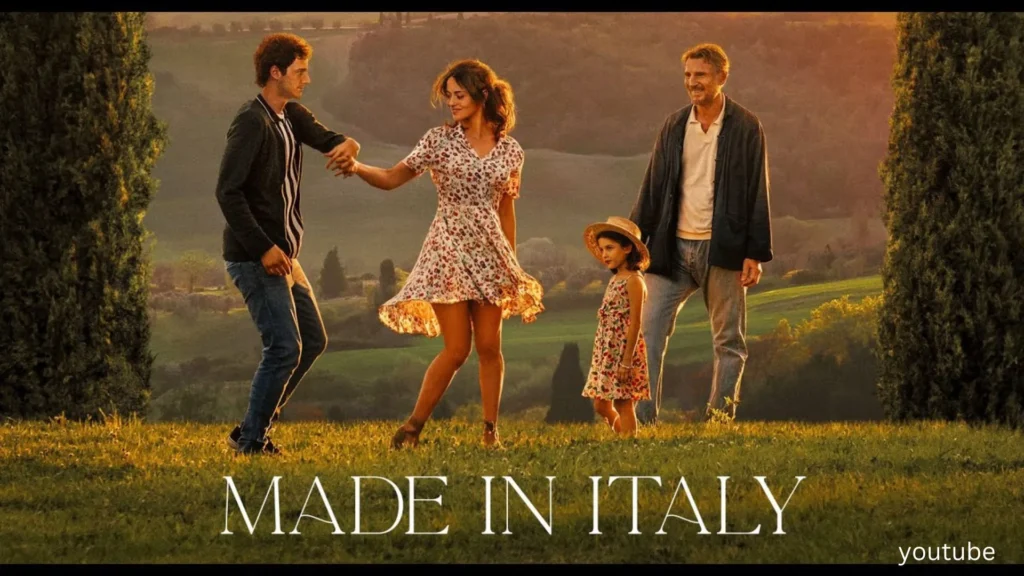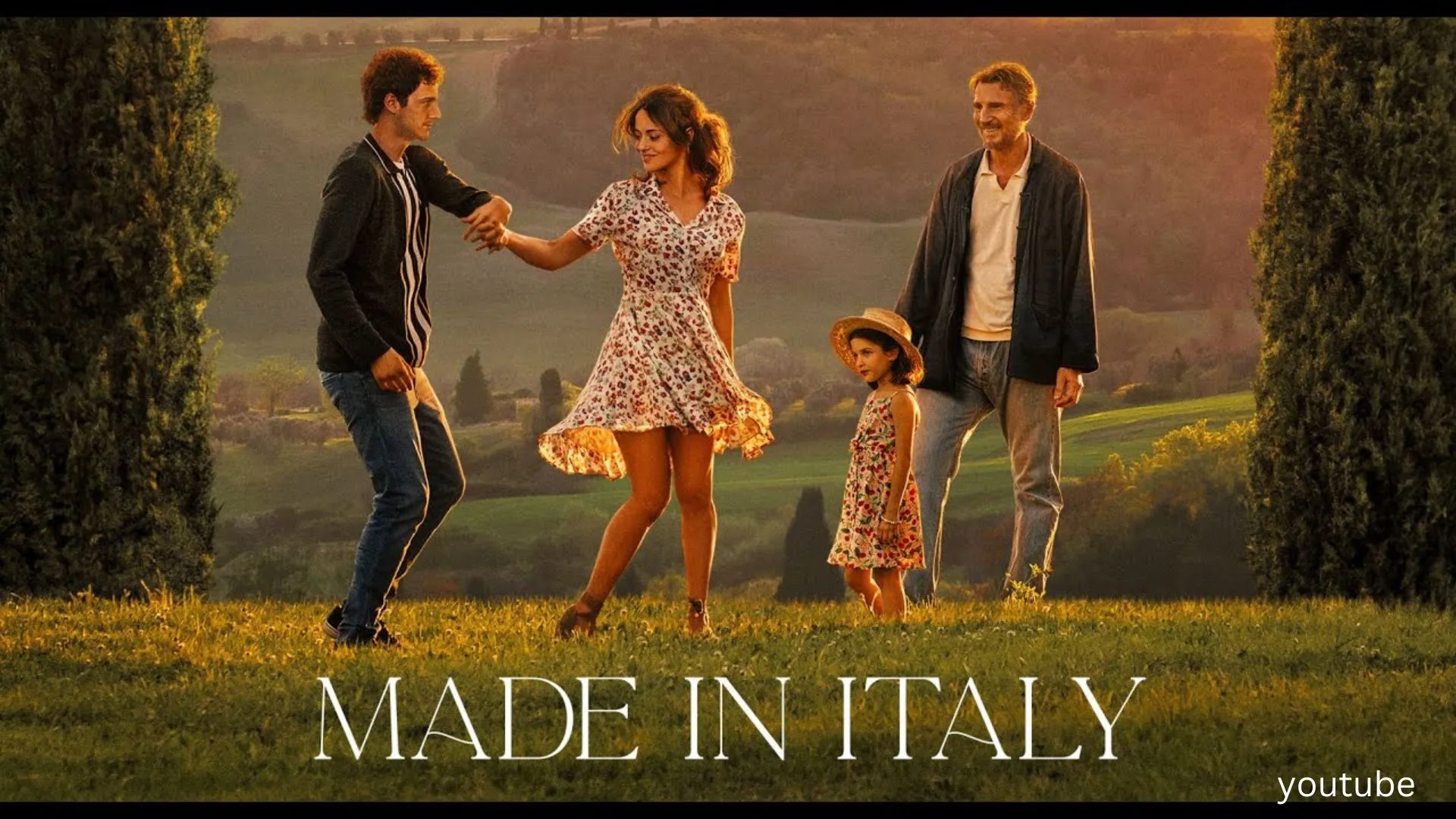A couple of years ago, Liam Neeson appeared to be shifting away from action roles, earning praise for his role in the indie film “Ordinary Love.” While not entirely abandoning action, Neeson has also delved into less physically demanding projects, like the recent release “Made In Italy.”
In this heartfelt drama, Neeson takes on the role of an artist reuniting with his estranged son, Jack, portrayed by his real-life son, Micheal Richardson. The narrative unfolds as Jack needs to raise funds and proposes selling their family home in Tuscany. The grand house requires attention, and local artisans, alongside estate agent Kate (Lindsay Duncan), step in to help. This provides an opportunity for the father-son duo to confront their grief and mend their strained relationship after the death of Jack’s mother.
Directed and written by James D’Arcy, who also stars in “Six Minutes To Midnight,” the film is designed for entertainment and does not aim to mirror the Neeson-Richardson family’s real-life story. However, the real-life connection adds emotional depth, offering a nostalgic journey.
“Made In Italy” evokes the feel of films from about 30 years ago, reminiscent of “A Year In Provence.” The charming rustic buildings, humorous locals, delightful cuisine, and breathtaking scenery create a visually appealing experience. For those yearning for a change of scenery, especially in a time when travel is restricted, the film provides a virtual escape.

Despite its charm, the film lacks substantial depth. The predictable storyline becomes apparent early on, and the attempts at humor are subtle, often going unnoticed. While there’s engaging banter between Neeson and Richardson, the heartfelt moments sometimes miss the mark. Lindsay Duncan’s talents are somewhat underutilized, portraying a somewhat clichéd role as a potential love interest for Neeson.
“Made In Italy” is undemanding, offering a specific charm, though not always of the Italian variety. It caters well to those seeking sunshine and a change of scenery on a travelogue level. However, it struggles to shake off the feeling that it would have been more warmly received by audiences in the late ’80s. Efforts to modernize the concept with references to apps fall short, leaving it somewhat dated for a 2010s audience.
